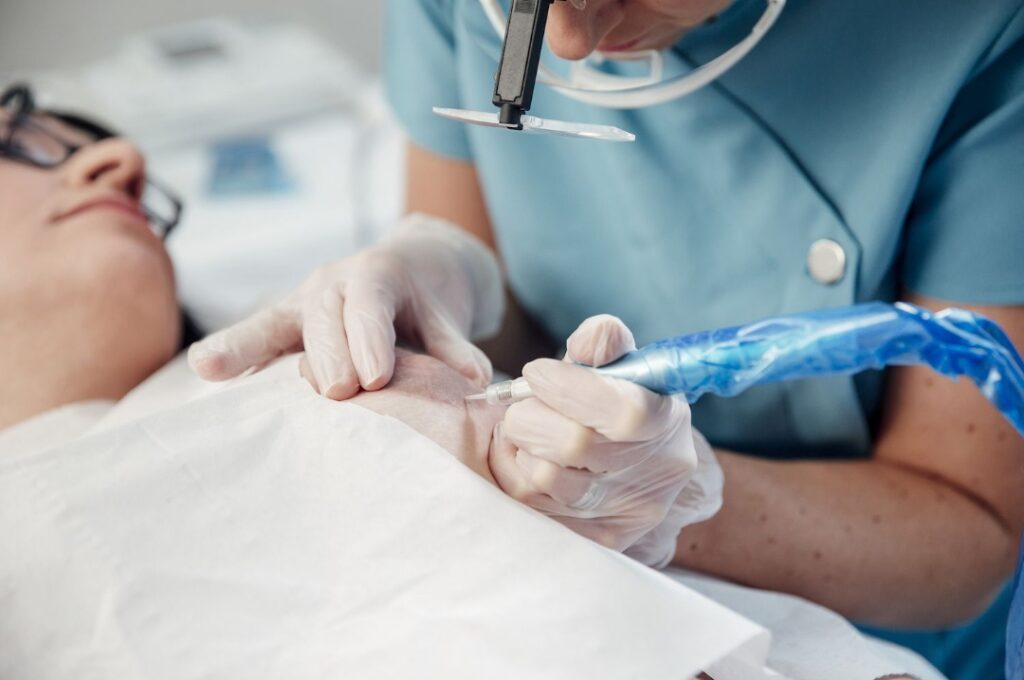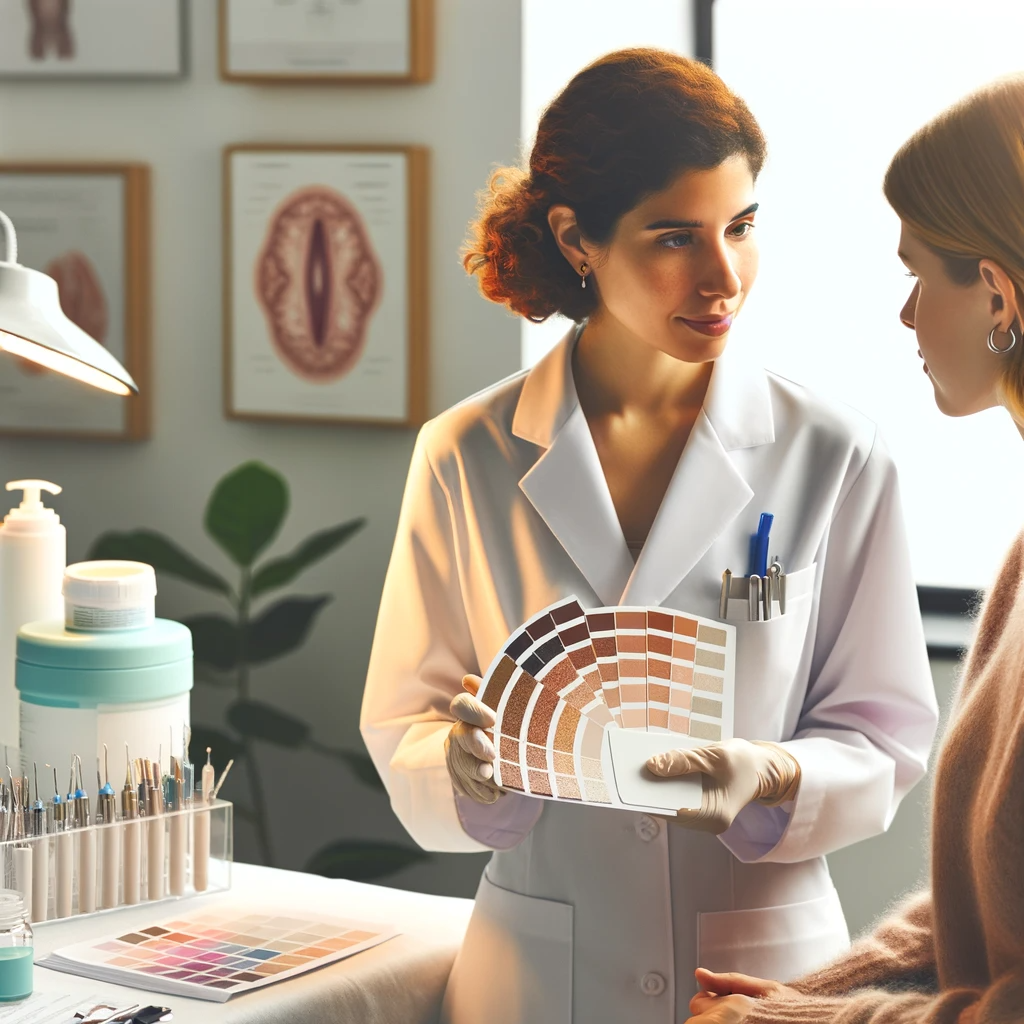
Choosing the right colors for your 3D Areola Tattoo is crucial to achieving a natural appearance. The process involves recreating the appearance of the areola after breast reconstruction surgery. To ensure a lifelike result, selecting the appropriate tattoo colors is essential. Here are some tips to guide you in making the right choices.
Tips on Choosing 3D Areola Tattoo Colors
Understand Your Skin Undertones
Before selecting 3D Areola Tattoo colors, it’s important to understand your skin undertones. Skin undertones can be warm, cool, or neutral. Warm undertones have hints of yellow or peach, while cool undertones have hints of pink or blue. Neutral undertones exhibit a balance between warm and cool tones. Matching the tattoo colors to your skin undertones helps achieve a harmonious and realistic look.
Consider Natural Variations
Natural areolas exhibit variations in color, including different shades of pink and brown. When choosing 3D Areola Tattoo colors, consider replicating these natural variations. Adding subtle gradations can enhance the realism of the tattoo and create a more natural appearance.
Consult with a Professional Tattoo Artist
Seeking the expertise of a professional tattoo artist experienced in 3D Areola Tattoos is crucial. A skilled artist can assess your skin tone, discuss your preferences, and recommend suitable colors. They have the knowledge and expertise to blend pigments effectively, ensuring a realistic outcome. Take the time to research and choose an artist with a proven track record in this specialized field.
Test Patching for Color Accuracy
Color accuracy is paramount in achieving a natural-looking 3D Areola Tattoo. Consider doing a test patch before the actual tattooing process. This involves applying a small amount of pigment to a discreet area to assess how it interacts with your skin. Testing ensures that the chosen colors complement your skin tone and heal to the desired shade.
Factor in Scarring and Skin Changes
Scarring and skin changes following breast reconstruction surgery can influence the appearance of the 3D Areola Tattoo. Colors may heal differently on scar tissue, and skin texture can impact the overall outcome. Discuss these factors with your tattoo artist to make informed decisions about color choices that accommodate these considerations.
Opt for High-Quality Pigments
Choosing high-quality pigments is essential for the longevity and vibrancy of your 3D Areola Tattoo. Inferior pigments may fade or change color over time, compromising the realism of the tattoo. Consult with your tattoo artist to ensure they use reputable and safe pigments that are specifically formulated for medical tattooing.
Balance Pigment Saturation
Achieving a natural appearance involves balancing pigment saturation. Avoid overly vibrant colors that may appear unnatural. Instead, opt for subtle, well-balanced pigments that mimic the soft and nuanced tones of a natural areola. The goal is to create a tattoo that seamlessly integrates with your skin and enhances your overall aesthetic.
Communicate Openly with Your Tattoo Artist
Effective communication with your tattoo artist is key to a successful 3D Areola Tattoo. Clearly express your preferences, concerns, and expectations regarding color choices. A collaborative approach ensures that the final result aligns with your vision and provides a satisfying outcome.
Conclusion
Selecting 3D Areola Tattoo colors requires careful consideration to achieve a natural and realistic appearance. Opting for high-quality pigments, balancing saturation, and maintaining open communication with your tattoo artist contribute to the overall success of the procedure. By following these tips, you can enhance the aesthetic outcome of your 3D Areola Tattoo and regain confidence after breast reconstruction surgery.
